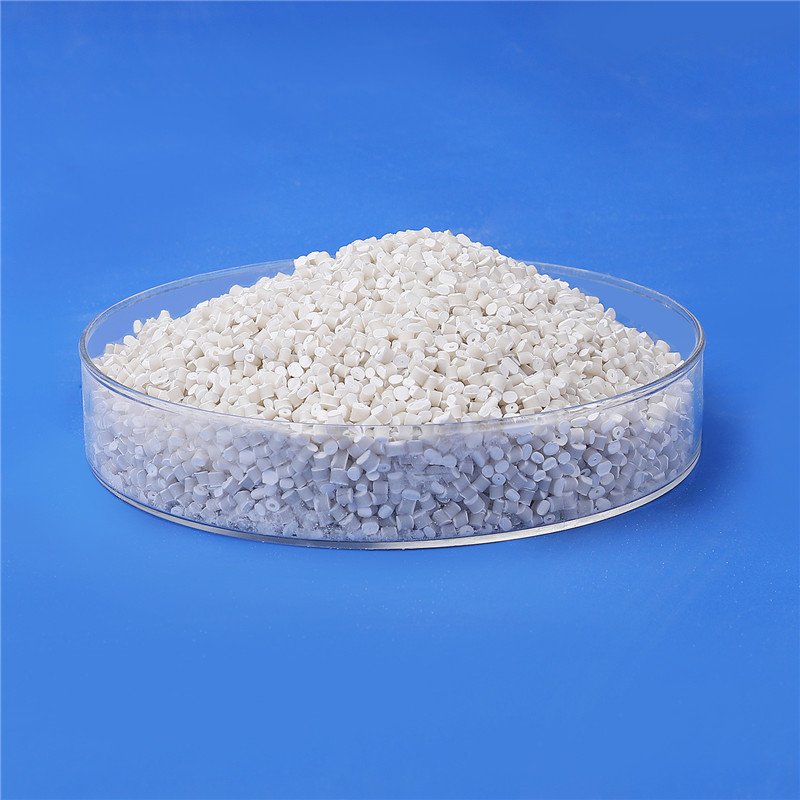In the plastics industry, Volatile Organic Compounds (VOCs) pose a significant challenge. VOCs are emitted during various plastic manufacturing processes and from the finished plastic products themselves. These compounds not only create unpleasant odors but also raise environmental and health concerns. For instance, in automotive interiors made of plastics, high VOC emissions can lead to poor air quality, affecting passengers. This has spurred the development of VOCs neutralizers for plastics, which are revolutionizing the industry.
VOCs in plastics originate from multiple sources. During the polymerization process, residual monomers and oligomers can be present. Additives such as plasticizers, flame retardants, and stabilizers used to enhance plastic properties may also contribute to VOC emissions. For example, phthalates, commonly used as plasticizers in poly(vinyl chloride) (PVC), are known VOC emitters. Additionally, environmental factors like heat and ultraviolet (UV) radiation can accelerate the release of VOCs from plastics over time.
VOCs neutralizers for plastics come in different forms, each with unique mechanisms of action. One type is additive – based neutralizers. These are often introduced during the plastic compounding process. For example, some neutralizers contain reactive chemicals that can bind with VOC – emitting substances in the plastic matrix. They react with the low – molecular – weight compounds responsible for VOC emissions, converting them into less volatile or non – volatile forms. This effectively reduces the amount of VOCs that can escape into the air.
Another form is adsorption – based neutralizers. These are usually made of porous materials, such as activated carbon or certain zeolites. During the manufacturing process, these porous substances are incorporated into the plastic. Their large surface areas can physically trap VOC molecules, preventing them from being released into the environment. In applications like food packaging made of plastics, adsorption – based neutralizers can be crucial for maintaining a fresh odor and preventing the transfer of unwanted smells to the food.
The benefits of using VOCs neutralizers for plastics are far – reaching. Environmentally, they help reduce the release of harmful VOCs into the atmosphere, thus contributing to better air quality. In workplaces where plastic products are manufactured or used, neutralizers can significantly improve the working environment by minimizing unpleasant odors and reducing potential health risks associated with VOC exposure for employees. For product manufacturers, meeting strict environmental regulations regarding VOC emissions becomes more achievable. In the automotive industry, for example, where there are stringent standards for interior air quality, using VOCs neutralizers in plastic components can ensure compliance.
In conclusion, VOCs neutralizers for plastics are an essential solution in the modern plastics industry. As regulations become more stringent and consumer awareness of environmental and health issues grows, the demand for such neutralizers is likely to increase. Continued research and development in this area will lead to even more effective and innovative solutions for controlling VOCs in plastics, benefiting both the industry and society as a whole.
